Potential for self-repairing polymers to repair bruises themselves

Unlike humans and other animals, broken machines do not automatically cure. Therefore, even if robot technology advances, how to fix it if it breaks is an important issue. Meanwhile, researchers in Belgium are studying robot materials with "self-restoring function" that can be restored simply by adding heat even if they are hurt by a knife or needle.
Self-healing soft pneumatic robots | Science Robotics
http://robotics.sciencemag.org/content/2/9/eaan4268.full
Self-healing jelly bot regenerates when stabbed - just add heat | New Scientist
https://www.newscientist.com/article/2144245-self-healing-jelly-bot-regenerates-when-stabbed-just-add-heat/
Researchers at the Free University of Brussels in Belgium prototyped a self-healing robot hand. You can see how to self-repair by watching the following movie.
Jelly robot can heal itself - YouTube
Robot hand made of polymer.

I inserted a knife in the tip of the finger and inserted it.

However, this self-restoring robot hand has the feature of having self-repairing function.

Expanding the cross section of the knife-filled polymer shows that the polymer is ruptured.
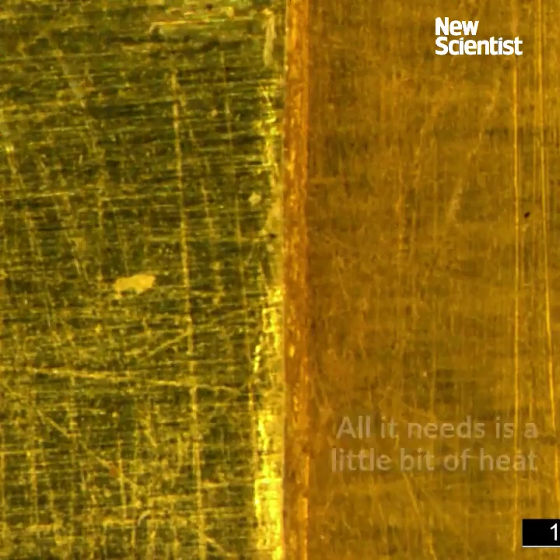
However, when heat of about 80 ° C. is appliedDiels-Alder reactionIn such a way that the molecules of the polymer are entangled with each other, it will be reinstated again.

Robot is because parts replacement and break unlike human beings need ...... was the common sense, if you use a polymer material that scratches easily by simply applying heat is to restore, repair the robot without the parts replacement There is a possibility.
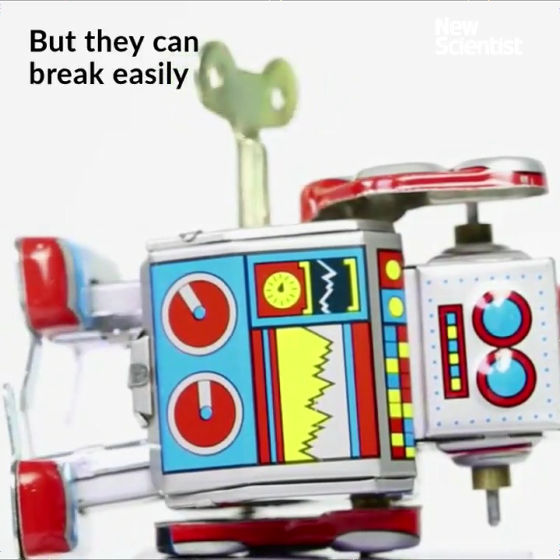
In addition, it seems that the robot itself may heal scratches as necessary.
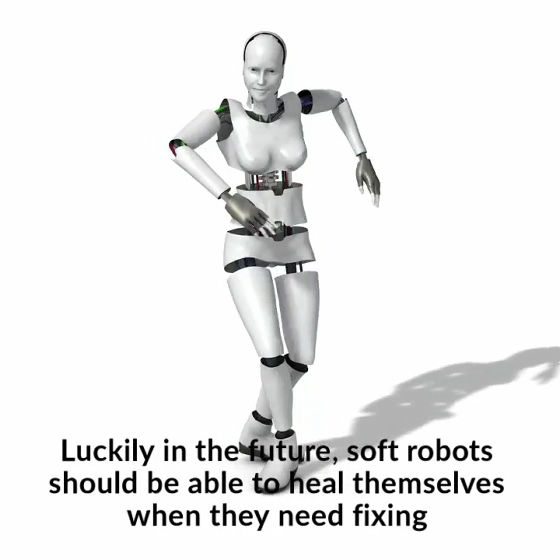
The research team at Brussels Free University uses prototype self-repairing polymers to prototype robot parts not only robot hand type but also types that pick up things with four arms like claws and type that expands and contracts like muscles It is.
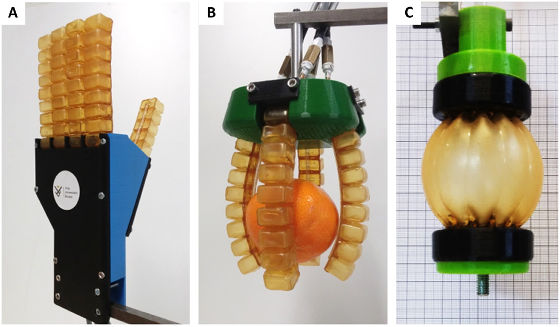
Using a flexible material such as a robot hand is very advantageous for the action "grab things". However, with robots that do not recover from scratches like humans, soft materials have problems in terms of durability, and hard materials such as metal and plastic have been adopted. A self-repairing polymer that can easily repair a wound can produce a robot using soft parts, so the Diels-Alder polymer produced by the research team at the Free University of Brussels has a great merit in robot engineering.
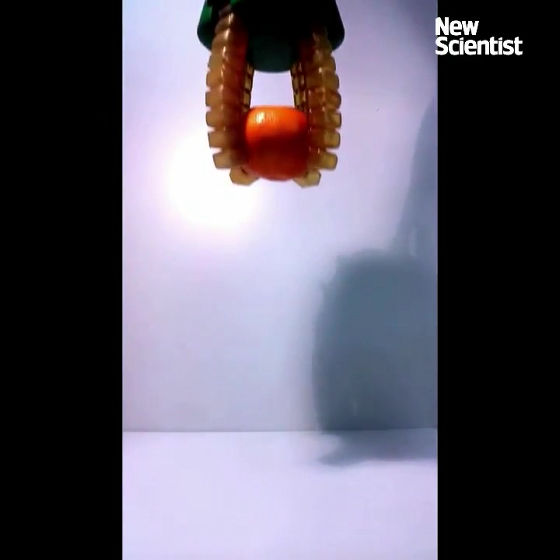
Related Posts:







